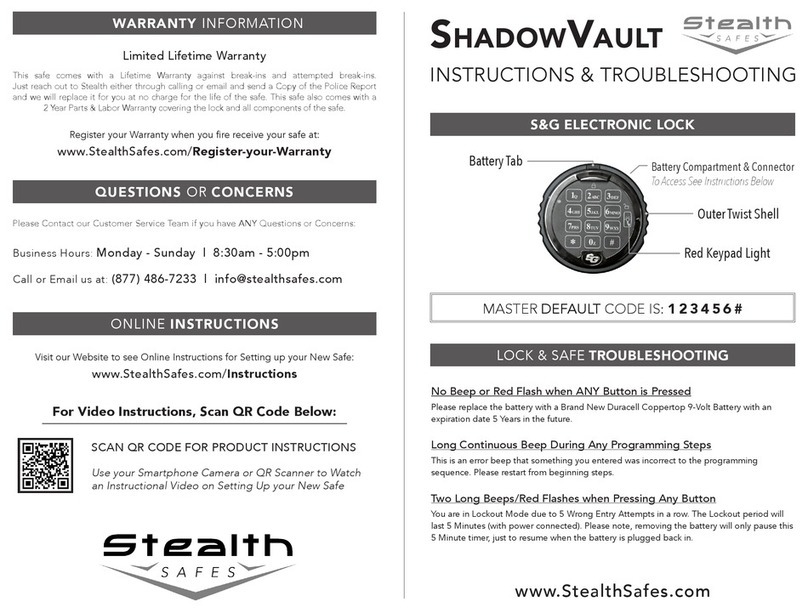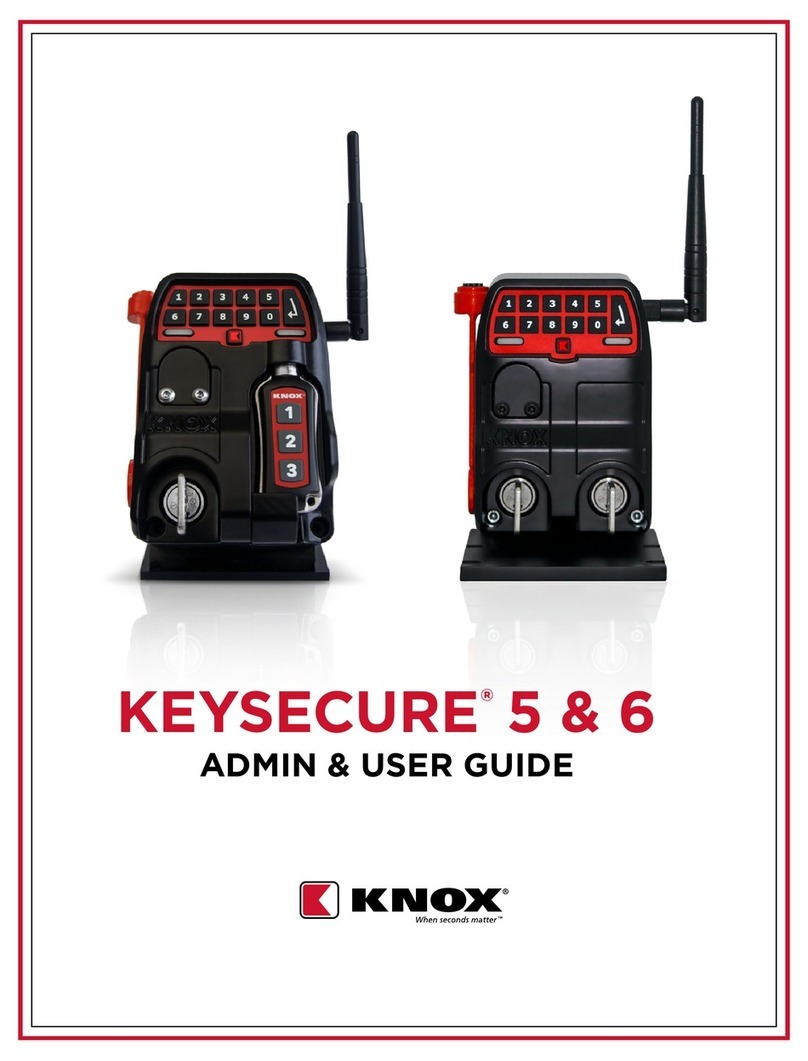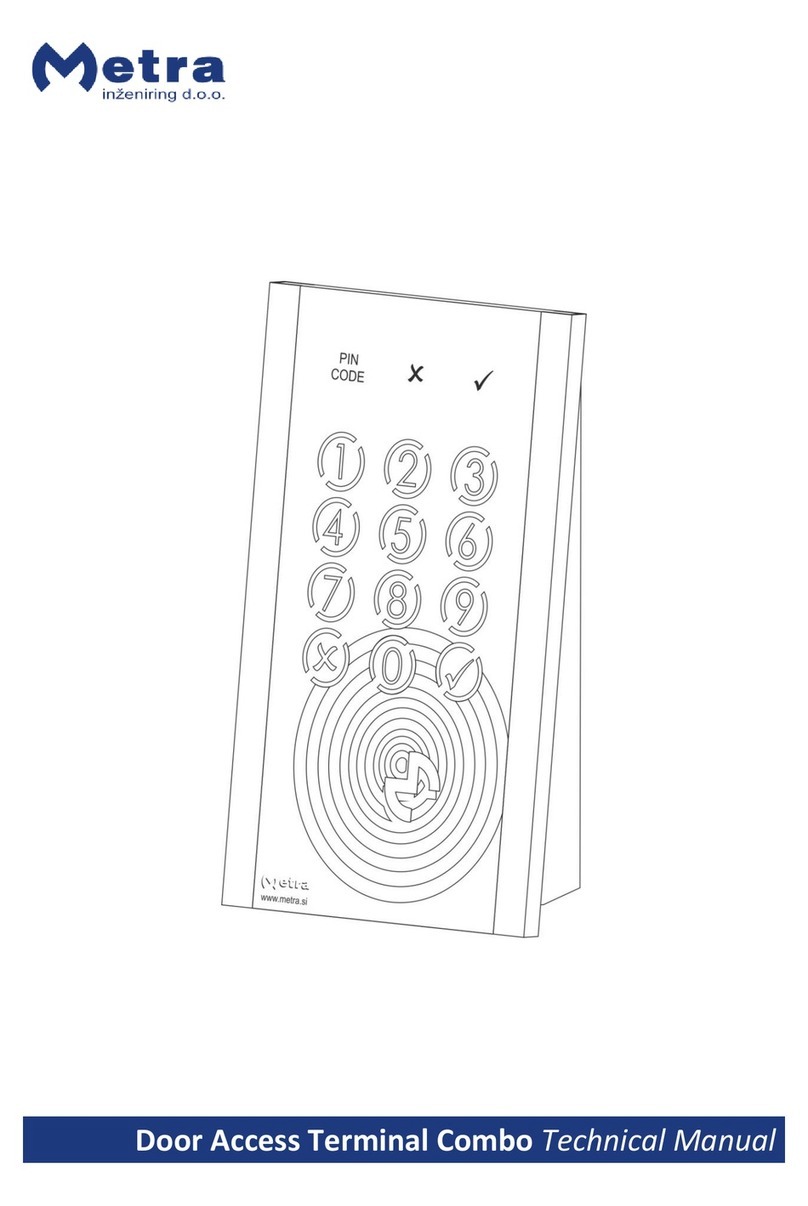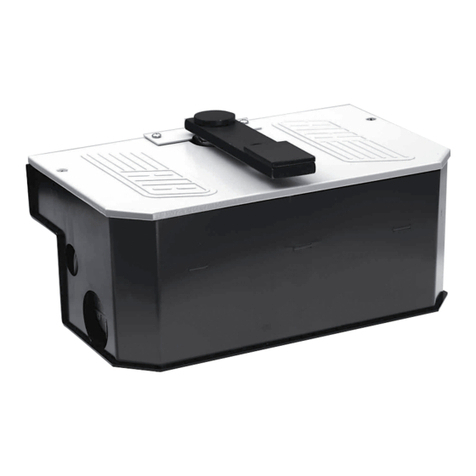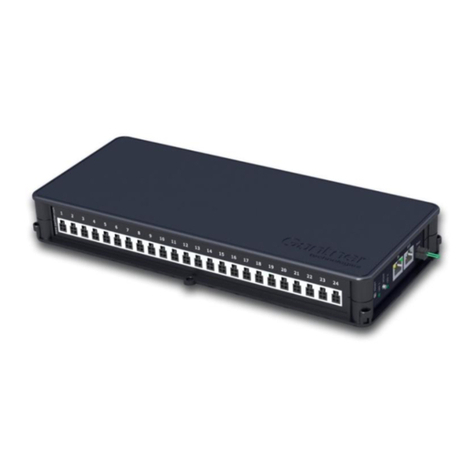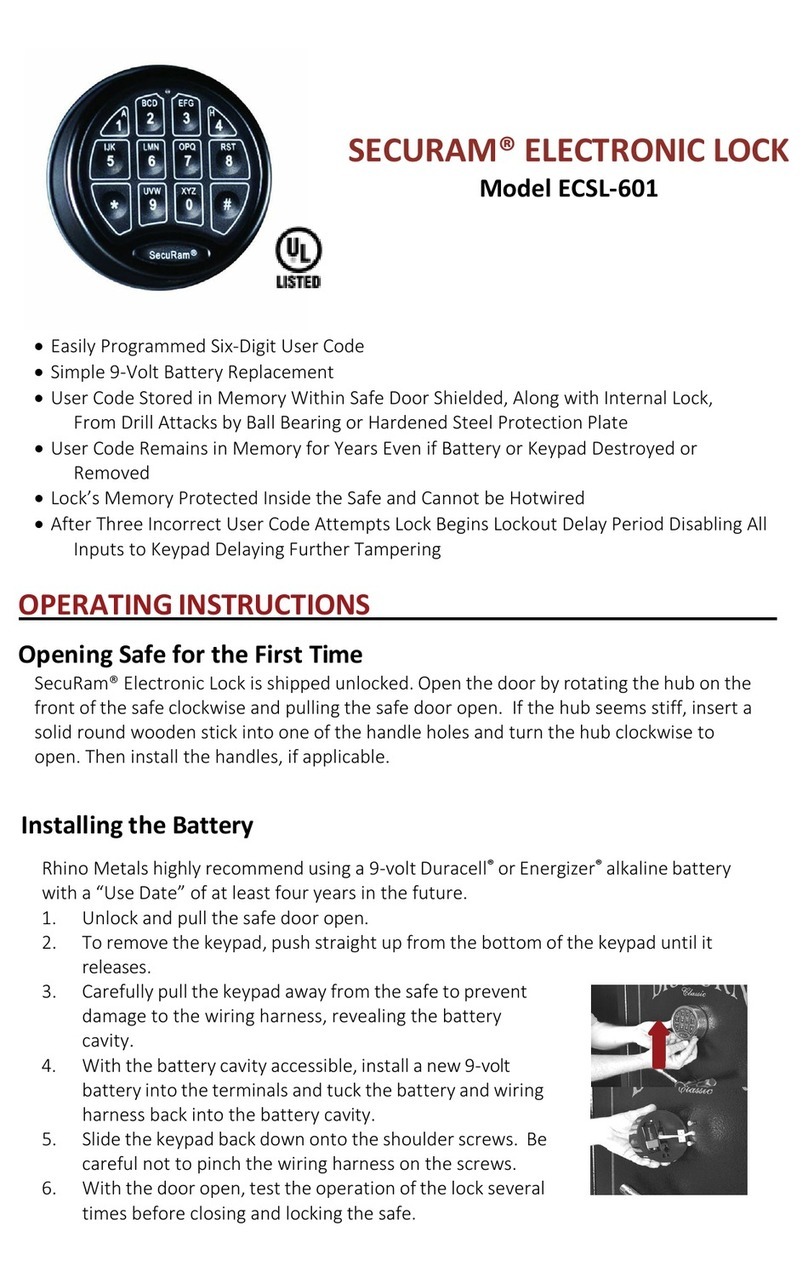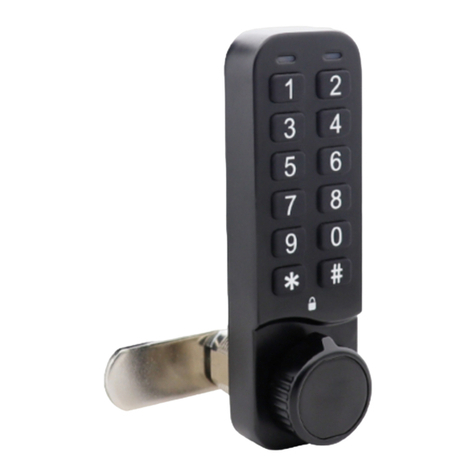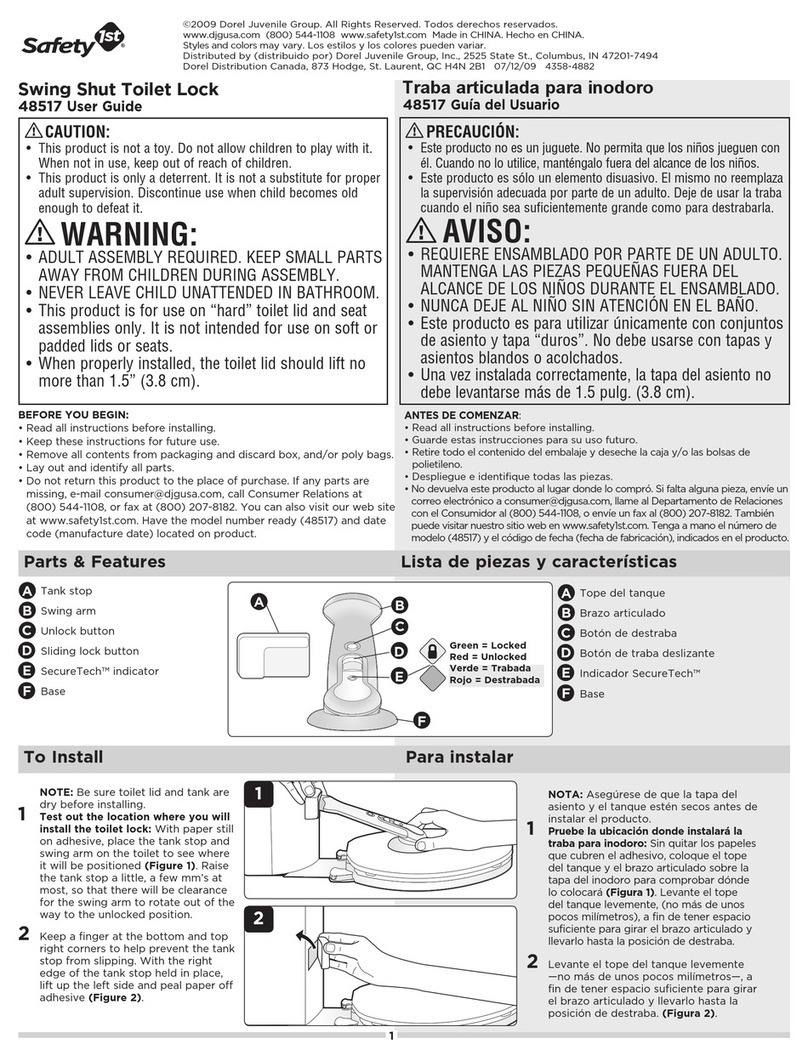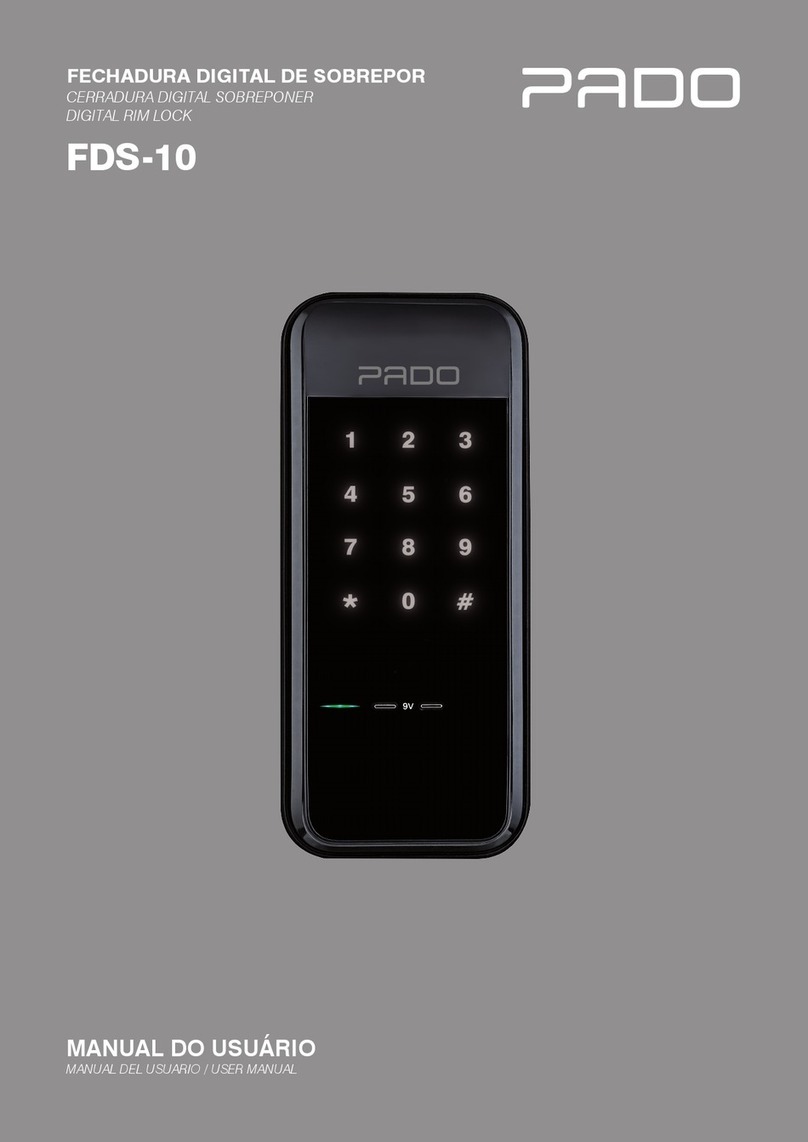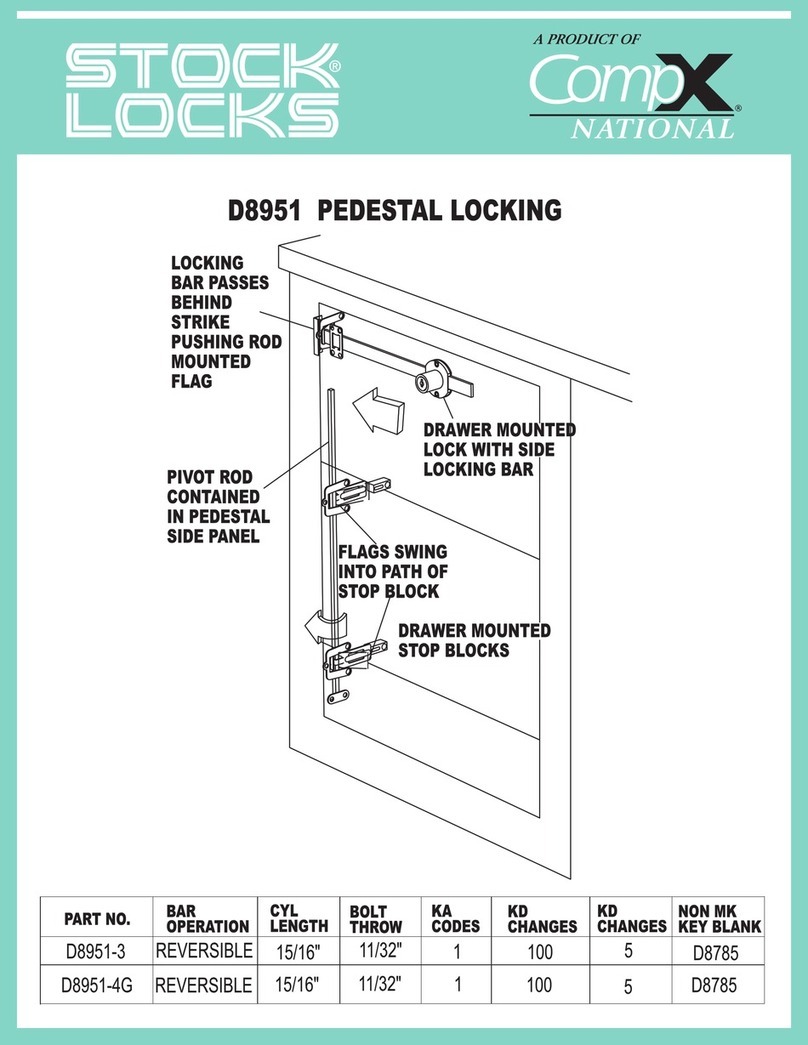~
Important
Safeguards
{'(;/\
Do
not disassemble the components. Sunnect AP501
\!:::>'
Advanced Protection Digital Door Locks contain highly
technical inner parts that should
be
handled
by
professionals
only. Please note that disassembling the product's inner
components may result in incorrect operation or malfunction of
the door lock.
It
may also void the warranty.
&:\
Do
not
use
water or chemical cleaners
on
the digital door lock.
~
Instead wipe the lock with damp cloth.
~
Guard your passcode against unauthorized use. When
in
~
doubt, change the passcode.
I7:Ji:\
If
a Tag Key
is
lost or stolen, immediately re-register the
V{!) remaining Tag Keys so that the lost or stolen key
is
no
longer
valid. Sunnect
is
not responsible for any loss or damage
caused
by
a lost or stolen key.
[
3

